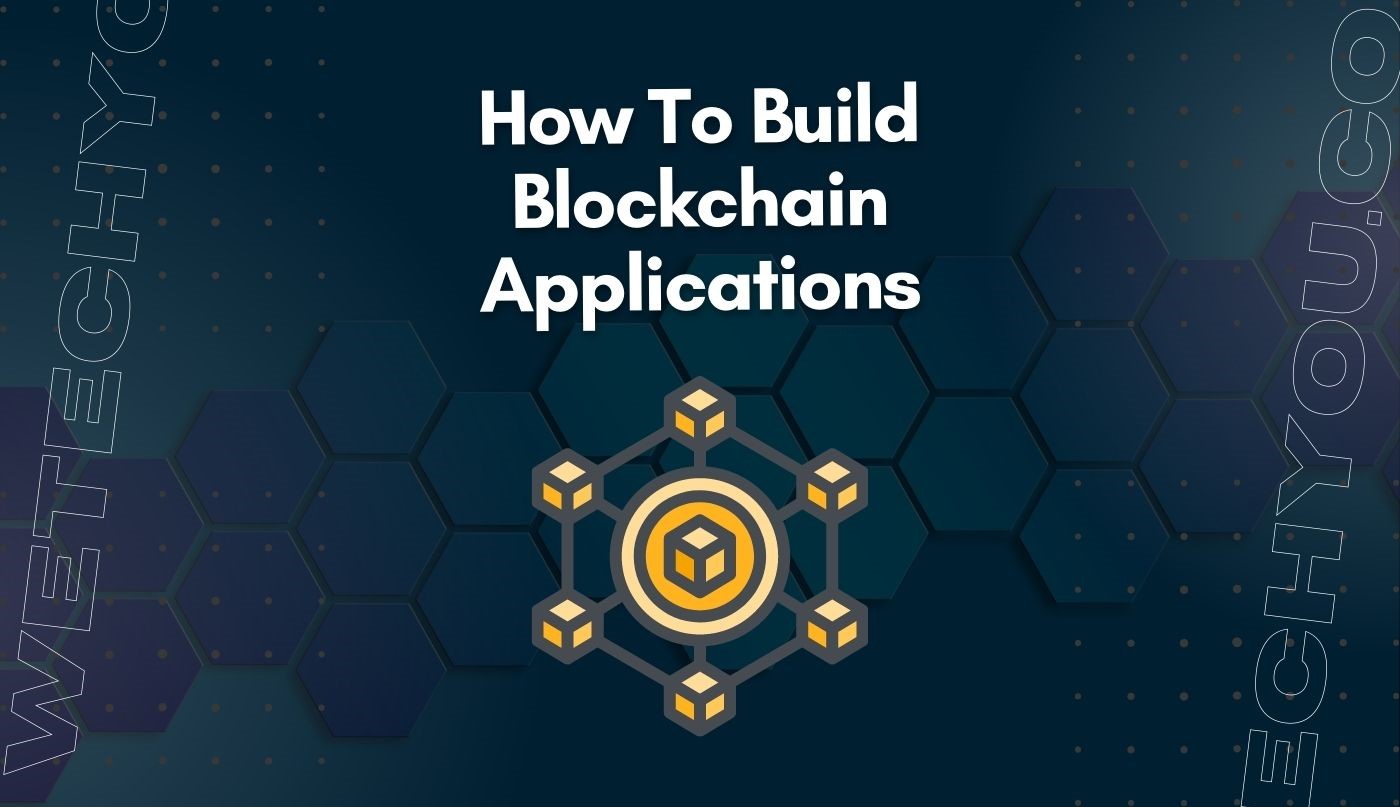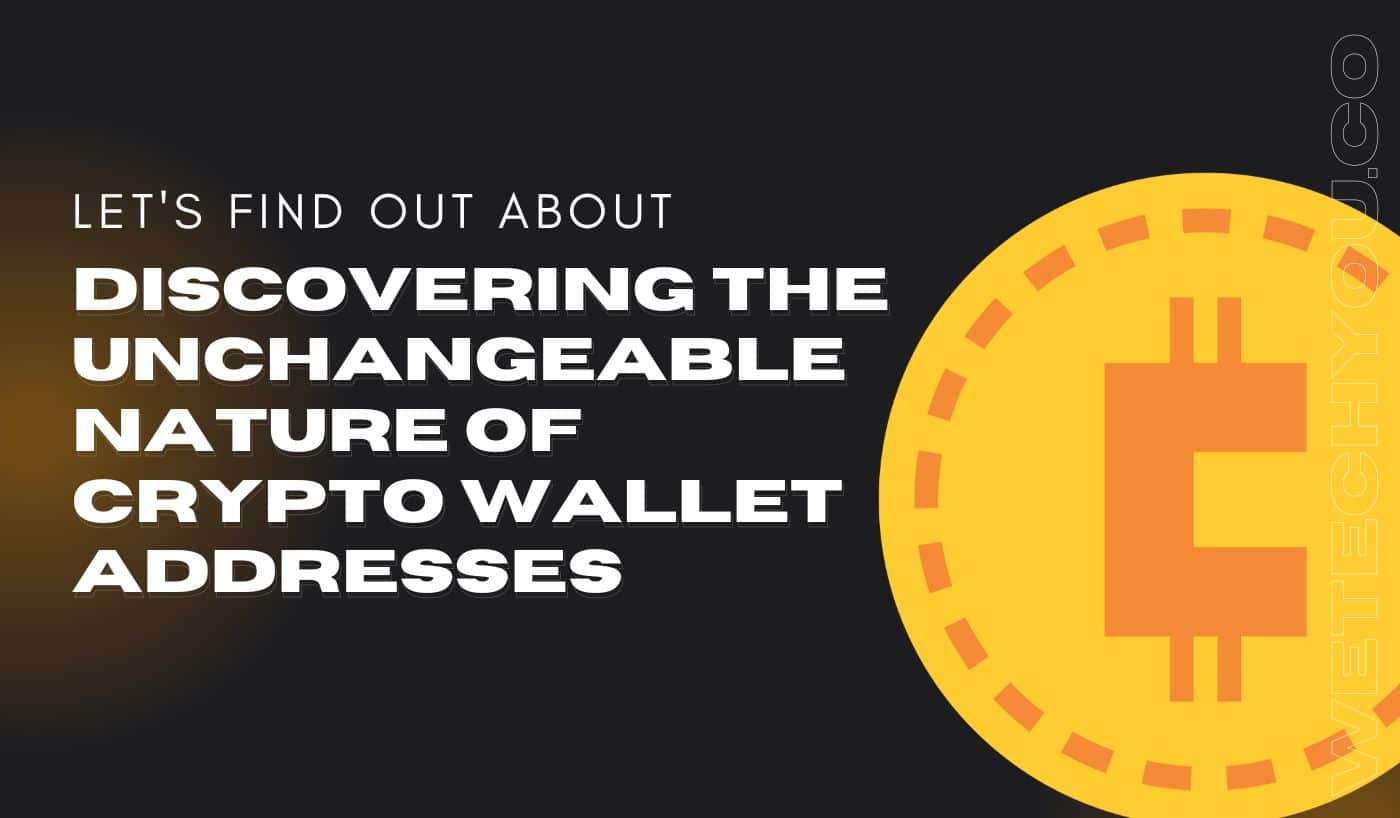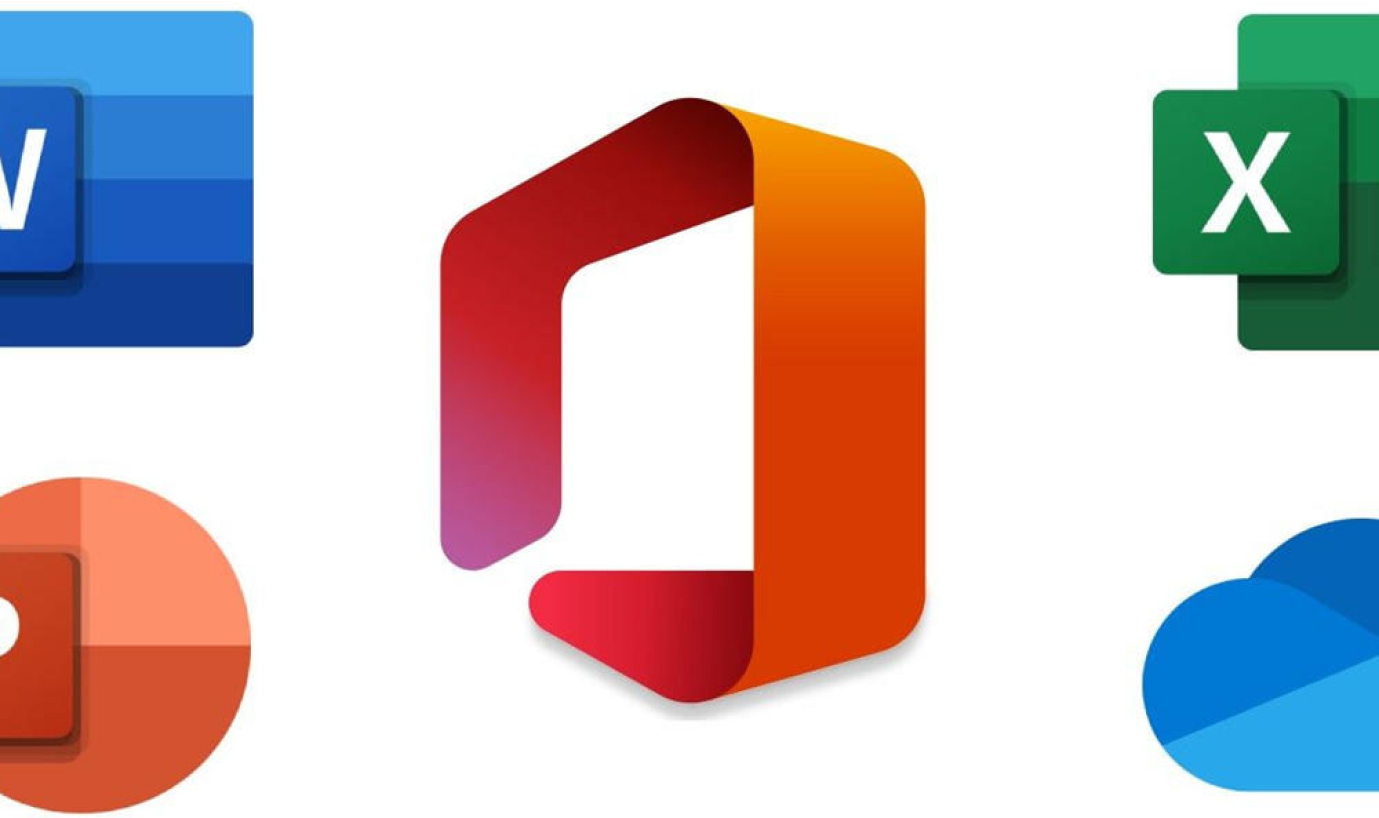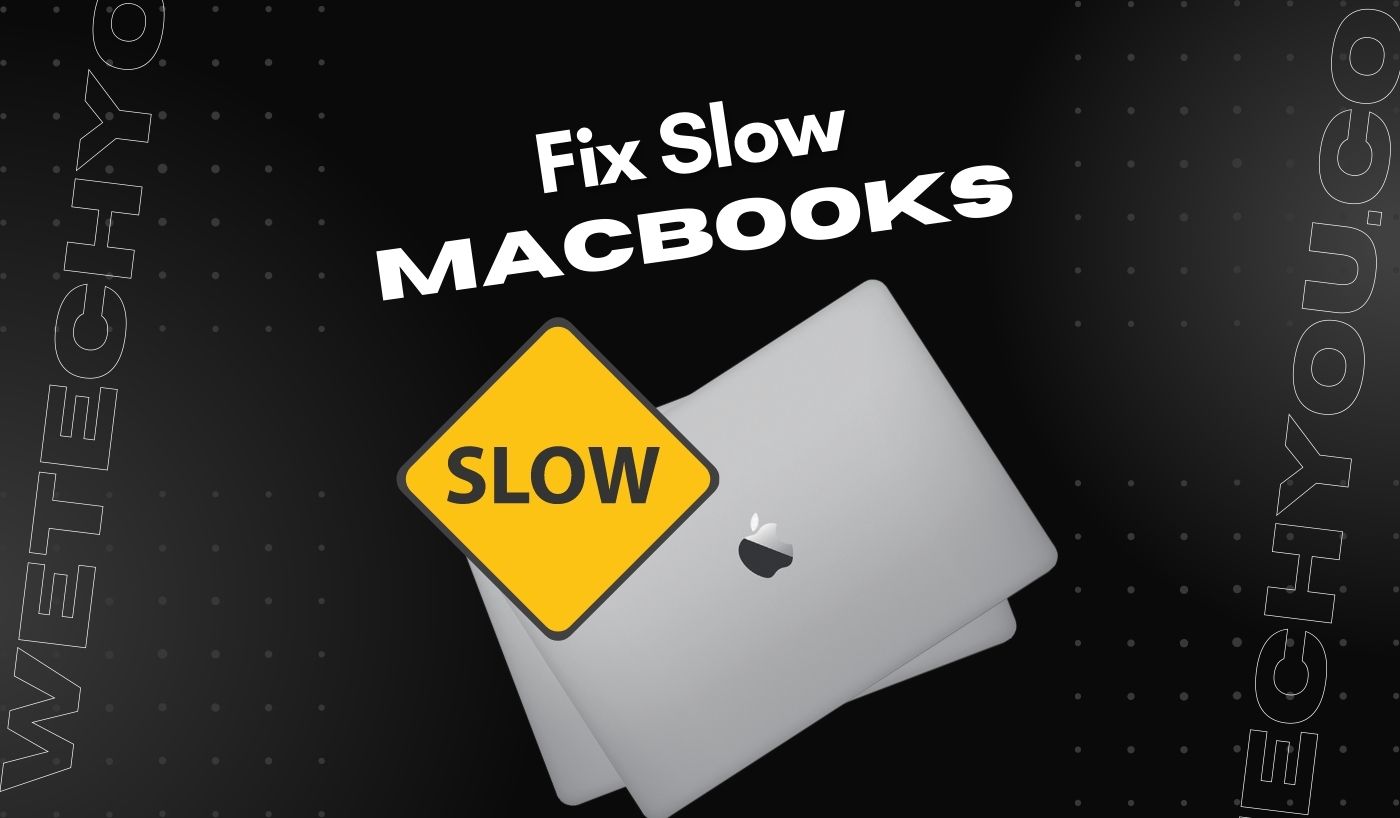The term “blockchain” has gained popularity among developers and companies are aiming to invest in blockchain based apps to stay ahead of the competition. Many businesses has started investing in blockchain development to streamline operations, dismantle data silos, increase transparency, and lower transaction costs.
Some businesses that use blockchain technology and are interested in developing apps on it include:
- Chain.io (finance)
- Dfinity’s (intelligent contracts)
- Patientory (healthcare)
- Propy Inc (marketplace)
- Xage Security (security)
Because it makes information transmission possible rapidly, precisely, and securely, it is valuable for all sectors. A blockchain based app enables transparent delivery and storage regardless of whether you’re monitoring orders, accounts, payments, production, or other data.
In this guide, we’ll explore the blockchain application development process that you can follow if you want to build a blockchain app in the future.
Blockchain Application Development Tips from Scratch
Blockchain development is the process of creating a shared, immutable distributed ledger technology (DLT) that securely records transactions and monitors assets inside a network.
Building a blockchain solution is a labor and time-intensive endeavor that heavily depends on your unique line of work. But regardless of your requirements or goals, there are significant growth phases that you must do.
Step#1: Finding a Problem to Solve
It’s simple to carry away with all the advantages a blockchain system offers. But keep in mind that there isn’t a universal solution. First, you should be very clear about what you want to achieve. Examine your entire business requirements and contrast them with the above-described high-level use cases of blockchain development.
A problem statement that concisely summarizes all the issues you’re trying to address might be valuable. Ensure a blockchain solution can genuinely address these problems before implementing it. Next, choose whether to convert your present solution to a blockchain application or create one from scratch.
Step#2: Drafting your Business Requirements.
The following stage is to establish your company’s requirements so that nothing is overlooked. Consider the technologies you’ll need for a complete ecosystem, both on and off-chain. These insights might be utilized to create a clearer product roadmap to help you remain on track and identify resource requirements.
Step#3: Determine a Consensus Mechanism
A consensus mechanism is a form of approach used to foster confidence, security, and agreement inside a decentralized computer network is the next stage. There are many different consensus processes available, but some of the more well-liked ones right now include:
- Proof of work
- Proof of stake
- Byzantine fault-tolerant
- Deposit-based consensus
- Proof of elapsed time
It would be best to take the time to consider your specific company demands and goals to choose the consensus mechanism that will work best for you.
Step#4: Choose the Top Blockchain Platform
You must choose the correct platform for your blockchain application since it will affect the skill set your development team will require. Select the platform that most closely matches the company’s requirements because the development process necessitates extensive study and time for effective development.
When assessing your options, consider the challenges you’re attempting to address, the consensus processes, the cost, the demands of developers, and the estimated timeline.
Step#5: Design Your Blockchain Nodes
Determining whether a permission or permissionless blockchain network is required, the programming languages you’ll employ, and any other factors that might influence development are essential.
- To satisfy your company’s demands, do you need a private, public, or hybrid solution?
- Will the blockchain nodes operate on-premises, on the cloud, or both?
- Which operating system (such as CentOS, Debian, Ubuntu, Windows, or Red Hat) will your application operate on?
This stage involves a lot of variables, so be sure to thoroughly investigate all your alternatives and compare them to your goals, available resources, and budget.
Step#6: Plan your Blockchain Configuration
You’ll need to prepare for several configuration components for the majority of blockchain systems, including:
- Address formats
- Asset issuance
- Asset re-issuance
- Atomic exchanges
- Block signatures
- Handshaking
- Key formats
- Key management
- Multi-signatures
- Native assets
- Parameters
- Permissions
Remember that some of these components are modifiable in real-time. However, the greatest approach to guarantee effective development is to prepare ahead.
Step#7: Build your APIs.
Application programming interfaces (APIs) are already created on specific systems, but not on others. You might have to create APIs for the following, depending on your needs:
- Generation of pairs and addresses
- Performance of audit-related functions
- Data authentication (through digital signatures and hashes)
- Data storage and retrieval
- Smart-asset lifecycle management
- Smart contracts
Step#8: Design the User Interface
Once the entire app is laid out, you can begin creating the user interface (UI) for each piece of software. The back-end UIs and the APIs you created will work together: Technical and visual designs impacting the app’s architecture and design.
Step#9: Select a Blockchain Application Accelerator to Improve It
How do you know your blockchain app will be successfully deployed once it has been developed? Blockchain applications that require a lot of computing power need a hardware accelerator to improve speed, give flexibility, and make optimal use of resources.
Additionally, accelerators aid in improving blockchain elements, including transaction governance, validation, and data storage. As they spread transaction loads among several components to boost transactional speed and output, they are crucial for saving time and storage space.
Final Words
Decentralizing the storage of data is possible with blockchain. Therefore, the technology may be utilized in place of a conventional database. Blockchain features like operational transparency. This decentralized data storage might be helpful when developing an application’s design. Data on a public blockchain cannot be altered and is accessible to everyone with an internet connection.
Moreover, the promise of blockchain development’s features and functionality makes it an extremely attractive investment, but only for companies whose problems it can solve. When used correctly, blockchain technology has the potential to provide unparalleled transparency, better productivity, and cheaper costs. However, in order to maximize your investment, you must pair that solution with suitable technology.
Finally, Blockchain Acceleration is Your Best Bet for Top Performance! So, look no further than Blockchain development.




